1. Baked Alaska
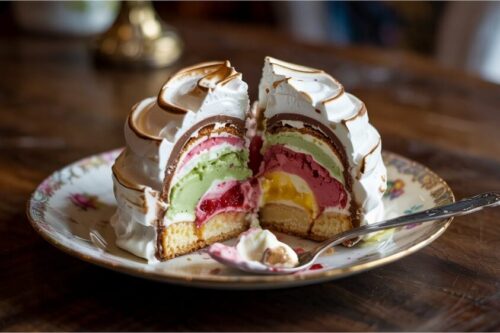
Baked Alaska looks impressive but is notoriously difficult to pull off. Its combination of cake, ice cream, and browned meringue is intimidating and easy to mess up. Most home cooks skip it in favor of simpler, tastier desserts. Still, some restaurants and ambitious bakers attempt it for nostalgia or flair.
Its continued existence is largely due to its “wow” factor. People love to say they’ve made it, even if no one eats it afterward. It’s dessert theater more than actual dessert satisfaction. And that keeps it floating around in culinary consciousness.
2. Jell-O Mold
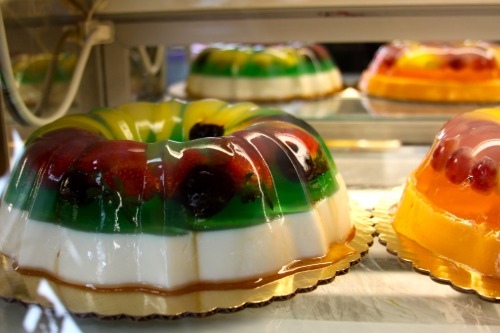
Jell-O molds scream mid-century dinner parties, with their wobbly, jiggly shapes and sometimes questionable combinations of vegetables or fruit. Most people today think of them as kitschy at best, and frankly, kind of gross. The texture is a major turnoff for anyone who didn’t grow up with it. But somehow, they keep popping up at baby showers and church luncheons.
The thing about Jell-O molds is the sheer creativity involved—think little castles, flowers, or even layered rainbow versions. People keep making them because they’re fun to assemble, even if no one actually eats them. They’re more decoration than dessert now. And that’s why they haven’t fully disappeared yet.
3. Pineapple Upside-Down Cake

Once a staple of the 1950s home baker, pineapple upside-down cake has slid out of favor. The combination of canned pineapple, maraschino cherries, and caramelized brown sugar just feels dated. Today’s bakers tend to prefer fresher flavors or more sophisticated presentations. But families hang onto it because it’s “classic” and visually appealing.
Its sticky, sweet, and bright appearance can make it look like a party on a plate, which is why it still makes occasional appearances at potlucks. It’s comforting in a retro sort of way, even if the flavor profile is now considered cloying. People bake it more for tradition than taste. And that’s why it stubbornly refuses to vanish.
4. Gelatin Fruit Salad
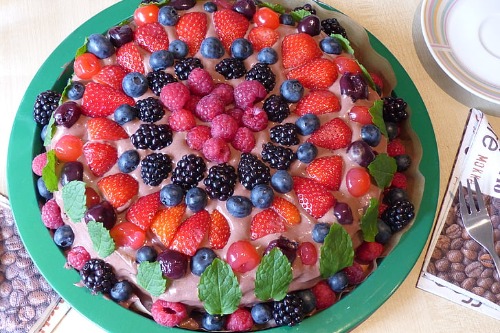
Gelatin fruit salad is basically a cousin of Jell-O molds but even more baffling. It combines gelatin with chunks of canned or fresh fruit, and sometimes cottage cheese, creating a strange flavor and texture clash. Most adults today will politely pass on it. Yet, some people cling to it because it’s nostalgic.
It’s also easy to make in large batches, which is why it shows up at community events. People keep trying to reinvent it with new fruits or even whipped cream. Even when modern tweaks make it slightly more palatable, the idea of fruit suspended in goo still makes some people hesitate. Tradition keeps it on the menu, more than taste ever does.
5. Fruitcake
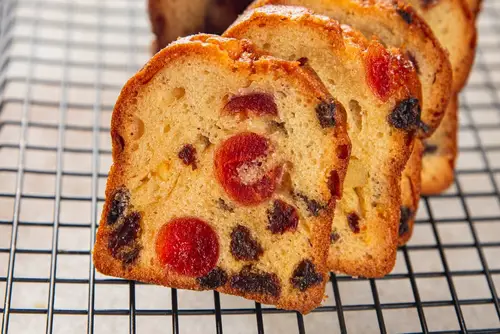
Fruitcake has practically become a punchline, but Americans still bake it every holiday season. The heavy, dense cake loaded with candied fruit and nuts isn’t something most people enjoy eating. It can be dry or overly sweet, and yet it’s somehow expected at Christmas. Bakers cling to it because it’s a symbol of the holidays.
Part of the reason it persists is its long shelf life—fruitcake can last for months, even years, which historically made it practical. Some families enjoy it because of the rituals surrounding it, like soaking it in brandy. Others just make it to give as gifts, knowing the recipient might not eat it. It’s a dessert that lives on in tradition rather than taste.
6. Coconut Cream Pie
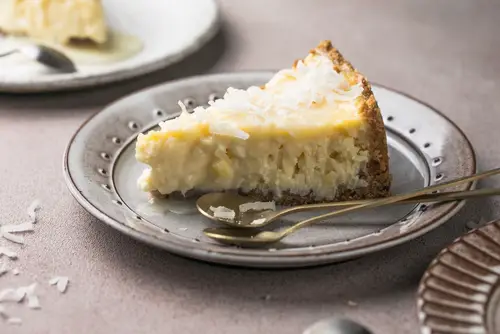
Coconut cream pie was once a staple for Sunday dinners, with its creamy custard and fluffy meringue topping. Today, it’s seen as overly sweet and sometimes heavy. Many people find the coconut flavor too strong or the texture odd. Still, it shows up at potlucks and family gatherings.
People often make it because it’s visually impressive and screams “homemade.” It’s also tied to memories of childhood desserts, which keeps it alive. Even when no one particularly wants a slice, someone ends up making it. The nostalgia factor is stronger than the culinary one.
7. Boston Cream Pie
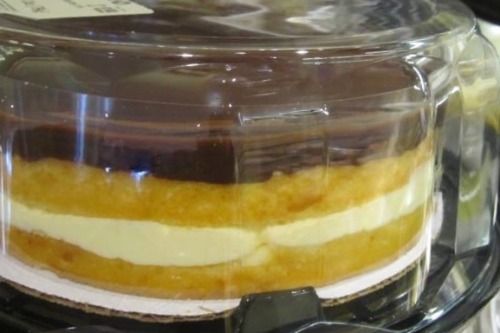
Boston cream pie is technically a cake, but the name alone makes it seem like something old-fashioned. The custard-filled dessert with chocolate glaze hasn’t aged as well in a world of trendier pastries. Its flavor is fine, but it lacks excitement for modern tastes. People continue baking it mostly out of tradition.
It’s elegant enough to make an impression but not exciting enough to compete with fancier desserts. That balance keeps it around for birthdays or classic dinners. It’s a dessert that looks impressive but isn’t necessarily desired. The historical nod is its strongest selling point.
8. Banana Pudding
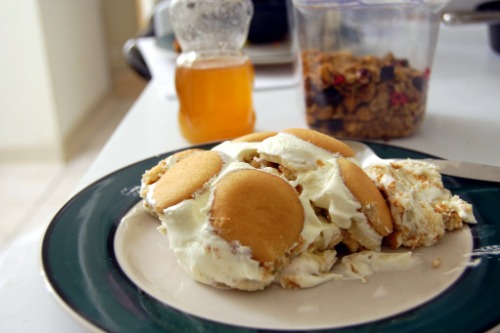
Banana pudding has loyal fans, but it’s often more tolerated than loved outside the South. Layers of banana, vanilla pudding, and Nilla wafers can get mushy fast, making it texturally polarizing. Many people today prefer lighter, fresher desserts. Yet, it’s still a go-to for potlucks and family dinners.
Part of its staying power is simplicity—bananas, pudding, and cookies are easy to find and assemble. It also evokes a sense of comfort and nostalgia for Southern cuisine. Even people who complain about the texture still make it for tradition. It’s one of those desserts you tolerate because it’s familiar.
9. Pineapple Gelatin Cake
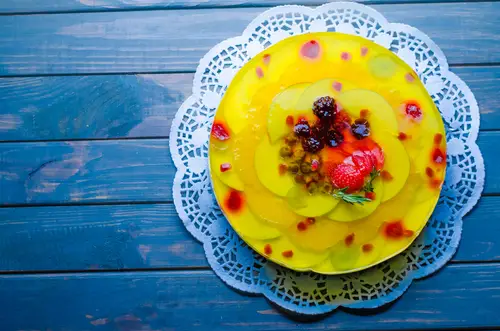
This cake is basically a double dose of pineapple and gelatin, making it visually striking but texturally confusing. It has the wobbly appeal of Jell-O with the density of a cake, which doesn’t always work. Most modern bakers avoid it because it’s just… weird. But some households keep it alive for holidays or potlucks.
The reason it endures is that it’s easy to make in advance and can feed a crowd. The kitschy factor also makes it a conversation starter. People enjoy showing it off more than eating it. Tradition keeps it in circulation more than flavor ever could.
10. Shoofly Pie
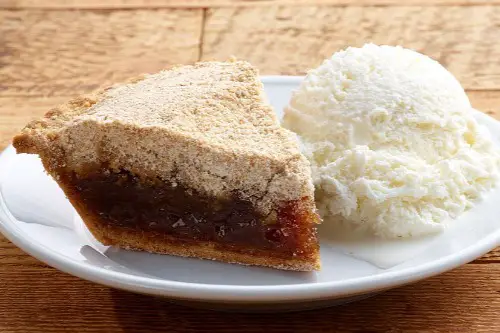
Shoofly pie is a Pennsylvania Dutch dessert that’s heavy on molasses and has a crumbly topping. Its dense, sticky texture and deep, dark sweetness don’t appeal to everyone. It’s more of an acquired taste than a crowd-pleaser. But local pride and regional tradition keep it around.
Bakers in certain areas still make it for breakfast or special occasions. It’s inexpensive and filling, which made it popular historically. People continue the practice even if the flavor isn’t universally loved. Shoofly pie survives because of cultural heritage rather than mass appeal.
11. Tapioca Pudding

Tapioca pudding has a strange, chewy texture that turns many people off. Small, translucent pearls suspended in a creamy base aren’t exactly trendy. It’s often seen as a relic of school lunches and old-fashioned cookbooks. Yet, some families make it for nostalgia or simplicity.
Its resilience comes from being easy to whip up with pantry staples. Some people enjoy the mild sweetness and creamy mouthfeel. Others bake it because it reminds them of childhood desserts. Even though it’s rarely a favorite, it’s still a recognizable classic.
12. Ambrosia Salad
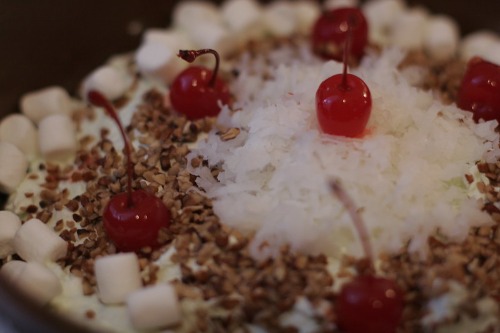
Ambrosia salad used to be the pinnacle of a fancy potluck, with its mix of marshmallows, canned fruit, and coconut. Today, it tastes more like nostalgia than something anyone actually wants to eat. It’s sweet, cold, and weirdly chewy all at once—a texture combo most people actively avoid. Yet, families keep making it, probably because grandma swore it was the ultimate dessert.
Despite its decline in popularity, Ambrosia occasionally shows up in church dinners and holiday spreads. Some people still enjoy it for its colorful presentation more than the flavor. It’s the kind of dish that sparks “remember when” stories rather than genuine cravings. That keeps it alive, even if the taste is mostly a memory.
13. Grape Salad
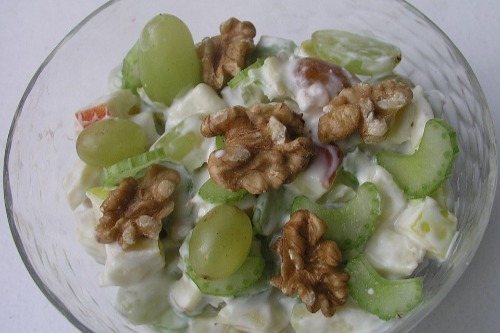
Grape salad is mostly grapes, sweetened cream cheese, and a brown sugar topping—a weirdly indulgent way to eat fruit. Its sweet-and-fruity mix is polarizing. People either love it or grimace at it, which is why it’s considered outdated. Yet, it shows up at potlucks and church dinners regularly.
Its simplicity and minimal prep keep it relevant. The dish also has that colorful, photogenic appeal. Even when diners roll their eyes, someone keeps making it. Its persistence is more about ease than flavor.
14. Rice Pudding
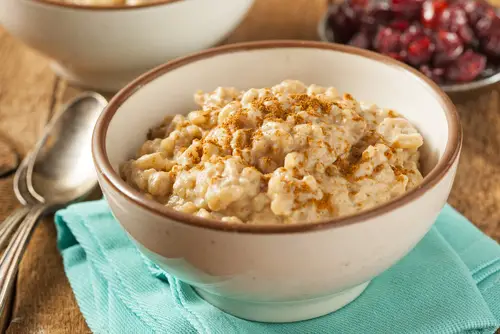
Rice pudding is creamy, comforting, and notoriously old-fashioned. The combination of rice, milk, sugar, and sometimes cinnamon or raisins is now often seen as stodgy. Many people prefer lighter desserts, so rice pudding isn’t top of mind. But it survives in certain households as a nostalgic favorite.
Its longevity comes from being inexpensive and easy to make. It’s also versatile—some like it baked, some stovetop, some cold, some warm. Even if it’s not trendy, it’s a dessert that delivers comfort more than excitement. People keep making it because it’s familiar and reliable.
This post 14 Desserts Americans Still Make Even Though Nobody Likes Them Anymore was first published on American Charm.


